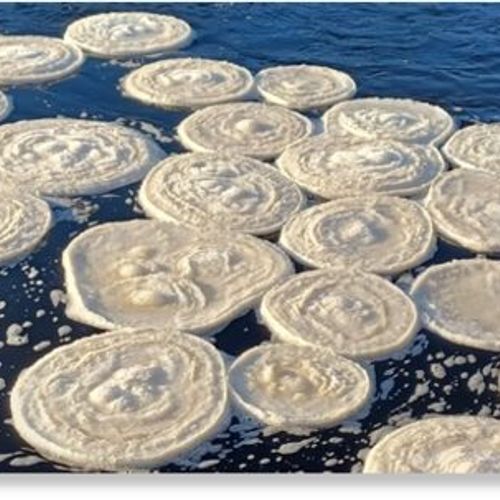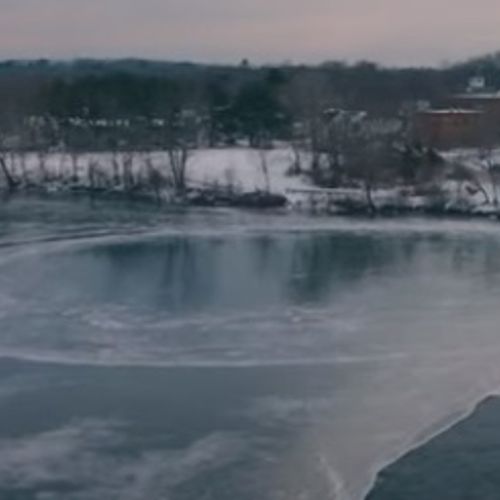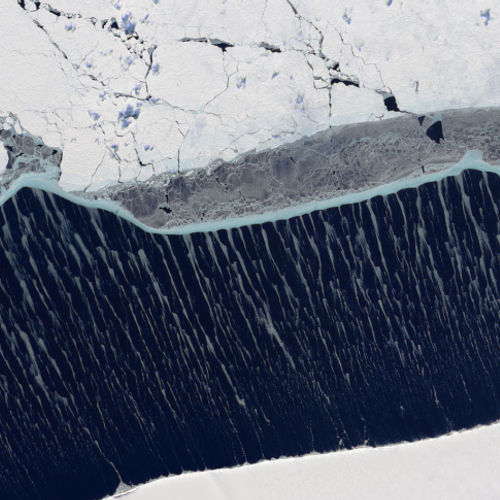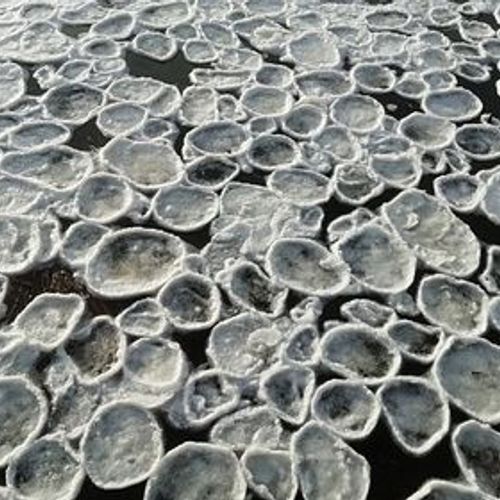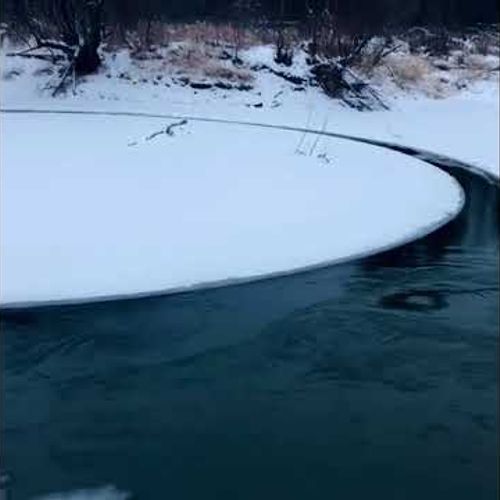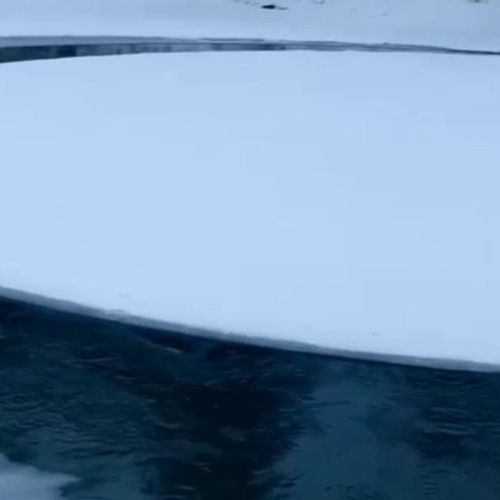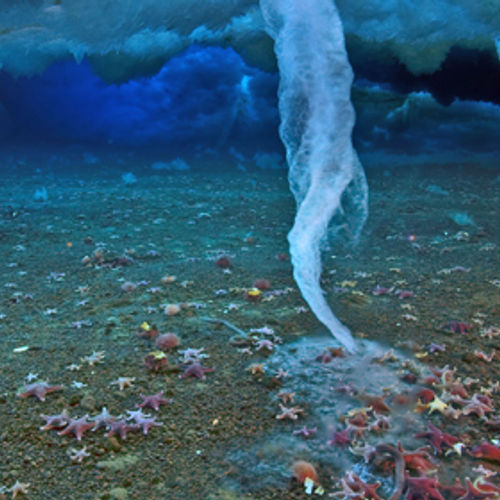
| Added | Mon, 22/01/2018 |
| Источники | |
| Дата публикации | Mon, 22/01/2018
|
| Версии |
In the cold waters of Antarctica to observe the amazing phenomenon brinel, or an underwater icicle. It forms, when saturated with salt water, current at very cold oceanic ice falls into the sea water, moving to the bottom. This phenomenon has been known to scientists for a long time, however, the crew of "Bi-bi-si" was able to capture on video the origin of the huge icicles off the coast of Ross island.
Saturated with salt water (brine) with a low freezing point (however, being in liquid form due to high salt content) moves from the ocean surface to the bottom, freezing the water molecules around. The result is a kind of an ice stalactite, which extends to the bottom and freezes everything it touches — "the ice finger of death". As explained by David Attenborough, even in the relatively warm waters of the winter cold poses a threat to life on the bottom. According to the National science Foundation, the brine can remain liquid at temperatures down to -15 degrees.
The flow of brine colder than the surrounding water — resulting in a few hours it coats the ice tube, resembling an icicle. Reaching the bottom, the icy "finger of death" does not stop and spreads, frosting everything in its path, including starfish, which move too slowly to avoid the "icy networks". Although the ice and deadly icicles for small benthic animals, there is a positive side — for example, providing habitat for microscopic plants and animals, especially for diatoms that turn the ice brown and green tones.
Underwater ice icicles is not the most spectacular underwater phenomenon — it is worth remembering also about the underwater lakes. When the temperature of the brine is not so low, it getting into the ocean can generate the entire pool with private coastline. Bob Kearney of the National oceanic and atmospheric administration noted that such lakes in the Gulf of Mexico can vary from one meter to 19 kilometers in length.
Translated by «Yandex.Translator»
Новости со схожими версиями
Log in or register to post comments

